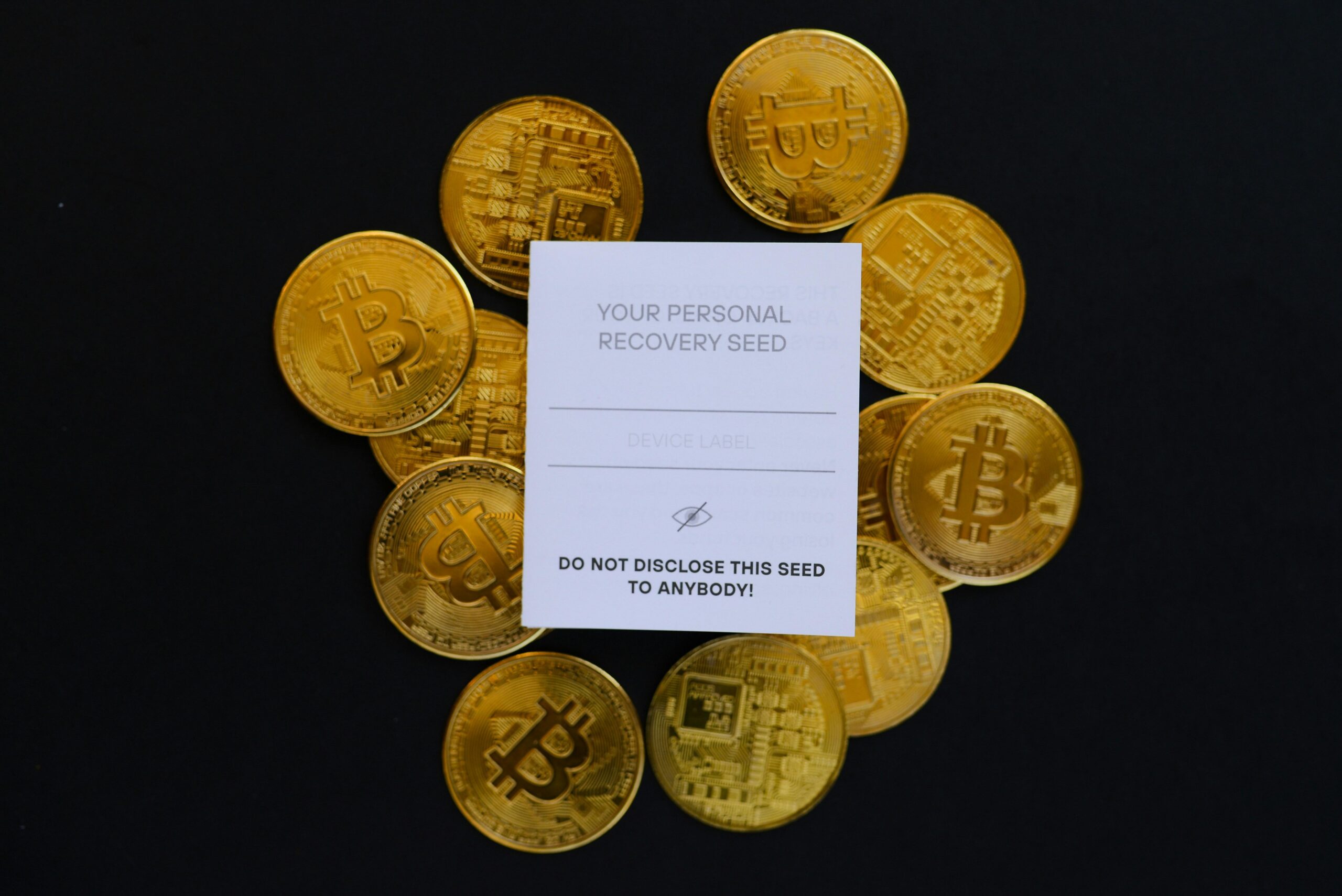Is it just me, or does every news headline these days seem to spotlight crime and danger? Whether it’s a local news report, a true-crime podcast, or a binge-worthy thriller series, media is saturated with stories about crime. But here’s the question: does all this exposure actually make us more afraid of crime in real life? Or is the fear just a byproduct of the stories we consume? In this post, let’s dive into the fascinating connection between media and our perception of crime—exploring whether media really fuels our fear or if there’s more to the story. Curious to find out? Let’s get into it!
Table of Contents
- Understanding How Media Shapes Our Perception of Crime
- The Psychology Behind Fear Fueled by News and Entertainment
- Analyzing Real Data Versus Media Narratives on Crime Rates
- Practical Tips to Stay Informed Without Letting Fear Take Over
- In Summary
Understanding How Media Shapes Our Perception of Crime
Media outlets often act as the primary lens through which many people view crime, shaping public perception in significant ways. News stories, TV shows, and even social media amplify certain crime narratives, frequently focusing on the most sensational or violent cases to capture attention. This selective emphasis can distort reality, creating a sense that crime is more rampant than statistics suggest. Our brains naturally latch onto dramatic events, and constant exposure to these stories creates a feedback loop where fear is amplified, regardless of actual crime rates.
Consider how different media formats send varying signals to their audiences:
- Breaking news bulletins focus on immediacy and shock, often highlighting rare but terrifying crimes.
- Dramatic crime dramas fictionalize and exaggerate for entertainment but can bleed into our sense of what’s common.
- Social media platforms spread rumors or partial stories rapidly, sometimes increasing panic without context.
This complex interplay means that fear of crime is less about reported realities and more about the narrative constructed around it. Recognizing this influence is the first step to critically assessing the media we consume and its impact on our feelings of safety.
The Psychology Behind Fear Fueled by News and Entertainment
When sensational headlines and gripping narratives dominate news and entertainment, they tap into a primal human response: fear. Our brains are wired to prioritize threats, which means dramatic crime stories or cataclysmic scenarios can trigger intense emotional reactions, even if the actual risk is minimal. This phenomenon isn’t merely about attention—it’s about the psychological mechanisms that transform isolated events into looming dangers in our minds. Media often presents crime in a way that feels immediate and personal, amplifying our perception of vulnerability and heightening anxiety.
Several factors contribute to this amplification effect, including:
- Availability Heuristic: Frequent exposure to crime stories makes such events seem more common than they are, leading audiences to overestimate risks.
- Emotional Contagion: Intense storytelling and imagery evoke strong emotional responses, which can spread fear beyond the factual content.
- Confirmation Bias: Preexisting concerns about safety may cause individuals to seek out or remember fear-inducing information, reinforcing their beliefs.
Understanding these psychological triggers shines a light on why certain news cycles spike public fear, even when statistics tell a different story. It’s a reminder to critically engage with media and reflect on how it shapes our worldview.
Analyzing Real Data Versus Media Narratives on Crime Rates
When we peel back the layers of headlines and sensational broadcasts, a fascinating gap emerges between what the statistics show and what media narratives often suggest. Crime rates, according to comprehensive data sets from reputable agencies, have generally been on a downward trend in many urban areas over the past decade. Yet, public perception frequently tells a different story—one colored by fear and heightened concern. This dissonance begs the question: are media outlets inadvertently amplifying fear by prioritizing bold stories of violent crimes over more mundane but statistically dominant categories? Examining datasets alongside headline trends reveals that while serious crimes do occur, they are often isolated events magnified out of proportion, overshadowing broader safety improvements.
Several key factors contribute to this divergence:
- Selective Reporting: Media often highlights sensational or novel crimes, which catch more attention but don’t represent the norm.
- Emotional Impact: Stories that elicit fear or shock tend to be more memorable and widely shared, reinforcing a skewed sense of risk.
- Frequency Illusion: With constant coverage, rare events appear frequent, creating an illusion of pervasive danger.
By juxtaposing media narratives with actual statistics, it becomes clear that understanding crime through data-driven lenses is crucial to dissecting the roots of fear and fostering a more balanced societal conversation about safety.
Practical Tips to Stay Informed Without Letting Fear Take Over
In today’s 24/7 news cycle, it’s easy to feel overwhelmed by constant reports highlighting crime and danger. To stay informed without feeding anxiety, it’s essential to choose your news sources wisely. Opt for outlets that present facts alongside context, avoiding sensationalist headlines designed to trigger fear. Setting specific times for checking news rather than scrolling mindlessly can help maintain a healthy information diet. Engaging with community newsletters or local crime reports also offers a more grounded perspective compared to national media’s broad strokes.
Try integrating these practices into your routine for a balanced approach:
- Limit exposure: Allocate 15-30 minutes daily for catching up on news instead of continuous updates.
- Practice critical thinking: Question the source and purpose behind a story before accepting it as the full truth.
- Balance news with positivity: Seek out uplifting stories or community successes to offset negativity.
- Discuss with others: Join conversations to gain multiple viewpoints and reduce feelings of isolation caused by fear.
In Summary
As we’ve explored, the relationship between media and fear of crime isn’t as straightforward as it might seem. While sensational headlines and dramatic crime stories can certainly amplify anxiety, the picture is more nuanced—shaped by personal experiences, community vibes, and even the types of media we consume. So next time you catch yourself feeling a bit on edge after scrolling through the news, it might be worth taking a step back and asking: how much of that fear is truly grounded in reality, and how much is a product of the stories told? In the end, being curious—and critical—about our media diet might be one of the best ways to keep fear in check.











